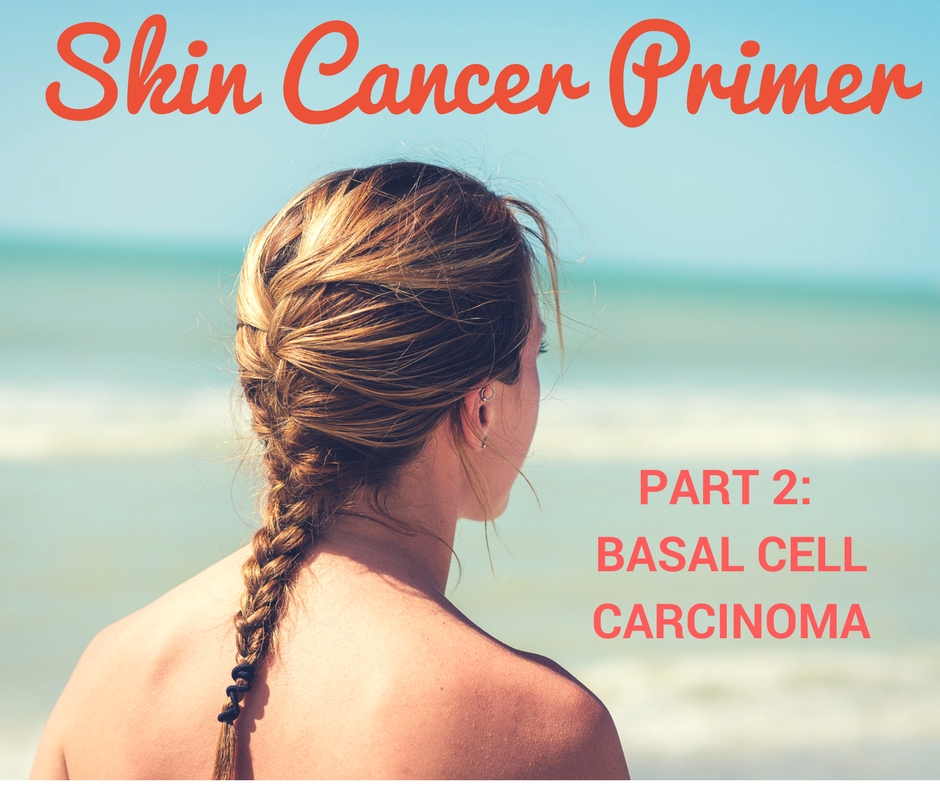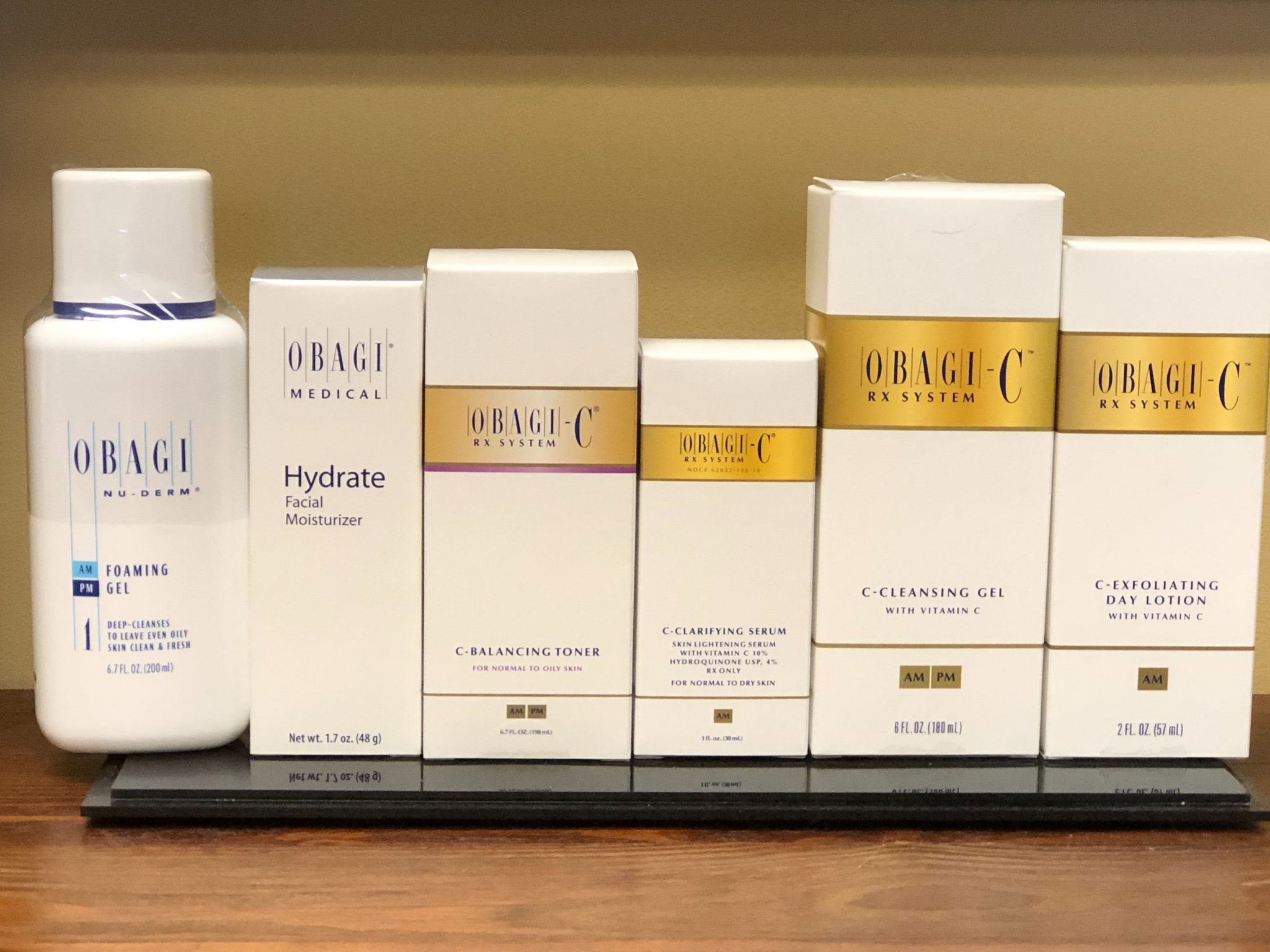January is the traditional time of year when many of us make New Year’s resolutions…
Skin Cancer Primer Part II: Basal Cell Carcinoma
Skin cancers like basal cell carcinoma are the most common form of cancer – and the most preventable. If caught in time and treated, the majority of cases are not life threatening.
But it’s important to know what to look for and what to do if you find signs of skin cancer on your body or that of a loved one.
In this four-part Skin Cancer Primer provided by Price Skincare of Ridgeland, Mississippi, we will cover four of the most common types of skin cancer:
actinic keratosis, basal cell skin cancer, squamous and melanoma.
We’ll teach you about each cancer’s:
• Symptoms
• Risk factors
• Causes
• Diagnosis
• Treatment
• Management
• Prevention
Part II: Basal Cell Skin Cancer
What It Basal Cell Carcinoma?
Basal cell carcinoma (BCC) is the most common type of all cancers, with more than four million cases diagnosed each year in the United States.
BCCs generally grow slowly and almost never spread beyond the original tumor site. However, in rare cases they can spread and become life-threatening and even disfigure.
So if you suspect a BCC, see your doctor immediately.
Symptoms
This type of cancer presents as abnormal, uncontrolled growths or lesions that stem from the skin’s basal cells lining the deepest layer of the epidermis. They often look like open sores, red patches, pink growth, shiny growths or scars.
Risk Factors:
Those most at risk for basal cell carcinoma include people who have:
• Overexposed themselves to the sun
• Fair complexions and light skin
• Blonde or red hair
• Blue, green or grey eyes
• Are 40 years of age or older
• A relative who has had BCC
• Jobs that require them to work outdoors
• Spent much of their leisure time in the sun
The Cause
Like many skin cancers, the primary culprit of BCC’s is exposure to the sun’s ultraviolet rays or from a tanning bed. Over time, frequent exposure to ultraviolet rays can damage the skin’s DNA, which in turn causes cancer to form.
Nearly all BCCs are found on the face, ears, neck and other parts of the body exposed to the sun. In rare cases, tumors can develop on unexposed areas and even be connected to contact with arsenic, radiation, serious skin conditions and other skin-related issues such as tattoos, and complications of burns, scars and infections.
Diagnosis
Physicians diagnose BCC by conducting a physical exam and if indicated, a biopsy is performed. If tumor cells are found, treatment is required.
Treatment
There are several effective methods of treatment for BCC. The treatment chosen is based on several factors including the type, size, location and depth of the tumor, as well as the patient’s age, health and how the treatment will likely affect the patient’s appearance. Most BCC treatments are performed on an outpatient basis with a local anesthetic.
Common treatments include one or more of the following:
• Mohs Micrographic Surgery
• Curettage and electrodessication
• Excisional Surgery
• Radiation
• Photodynamic therapy
• Cryosurgery
• Laser surgery
• Topical medications
• Oral medicine for advance BCC
Management
Those who have had a basal cell carcinoma tumor are at risk for developing more tumors. BCCs on the scalp and nose recur the most often, typically within the first two years of treatment. Once someone has been diagnosed and treated for a BCC, it’s important to make routine lifelong appointments with their skin doctor for examinations.
Prevention
The best way to prevent BCC is to avoid ultraviolet rays from the sun and tanning beds.
Tips for protecting yourself from the sun’s harmful rays:
• Avoid the sun’s peak hours between 10AM-4PM.
• Wear proper clothes and headgear
• Wear sunscreen with a SPF of 15 or higher. For extended outdoor activity, use a water-resistant, broad-spectrum (UVA/UVB) sunscreen with an SPF of 30 or higher.
• Avoid sun tanning, UV tanning booths and ‘sunburn art’.
• Take extra care around water, snow, ice, sand and high altitudes as the sun’s ultraviolet rays are stronger in high altitudes.
In addition, you should perform a head-to-toe self-examination every month and see your doctor every year for a professional skin exam.




